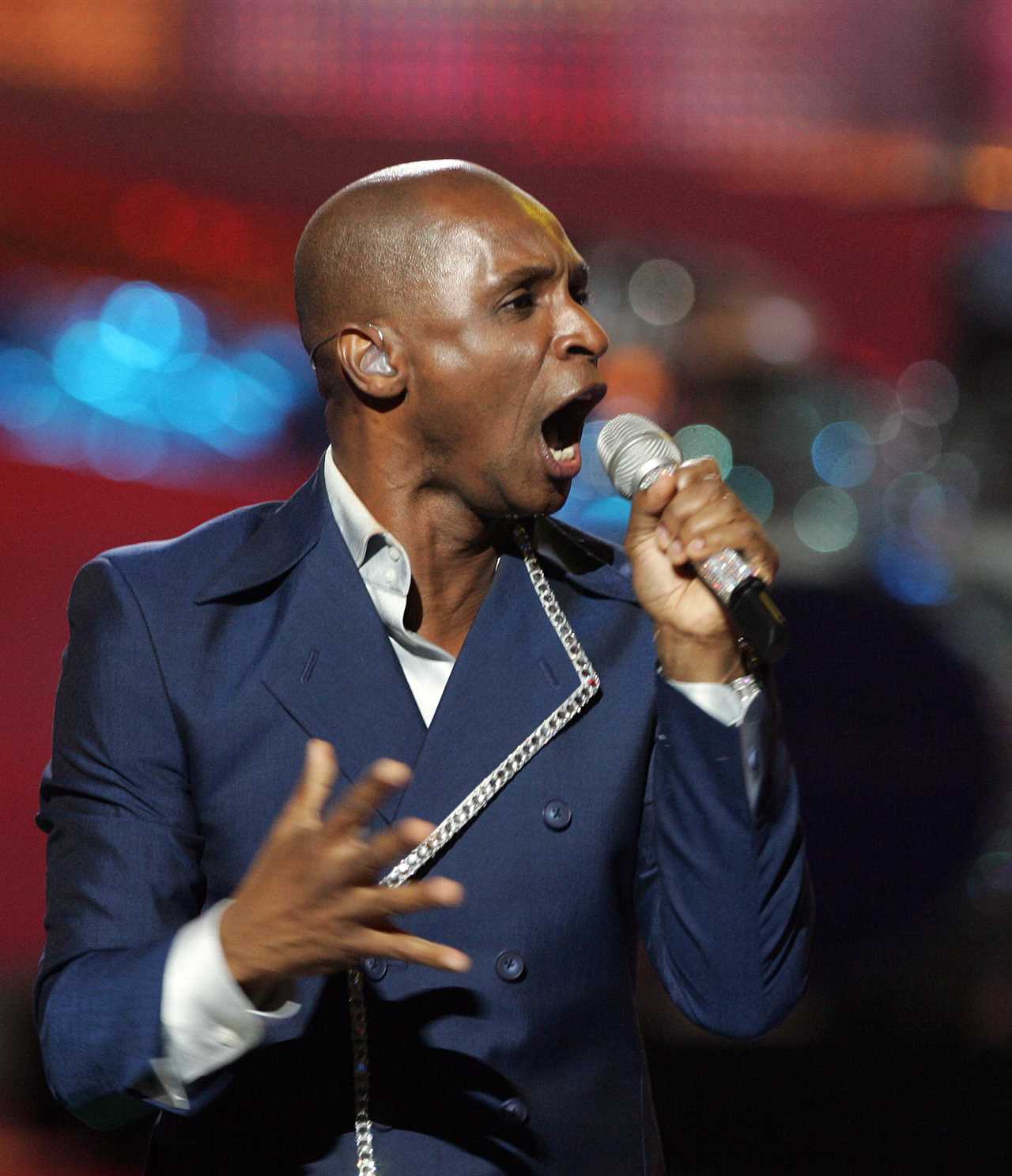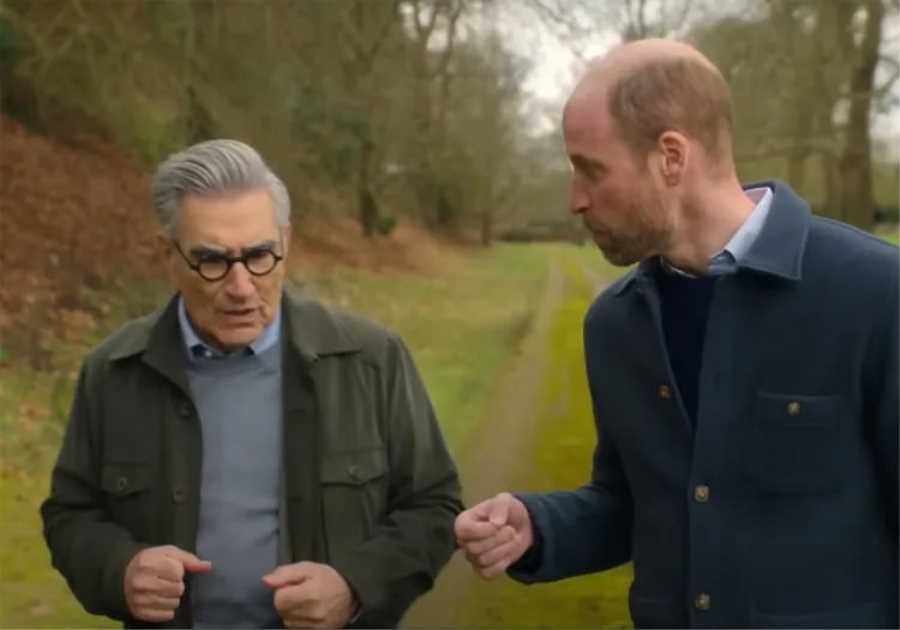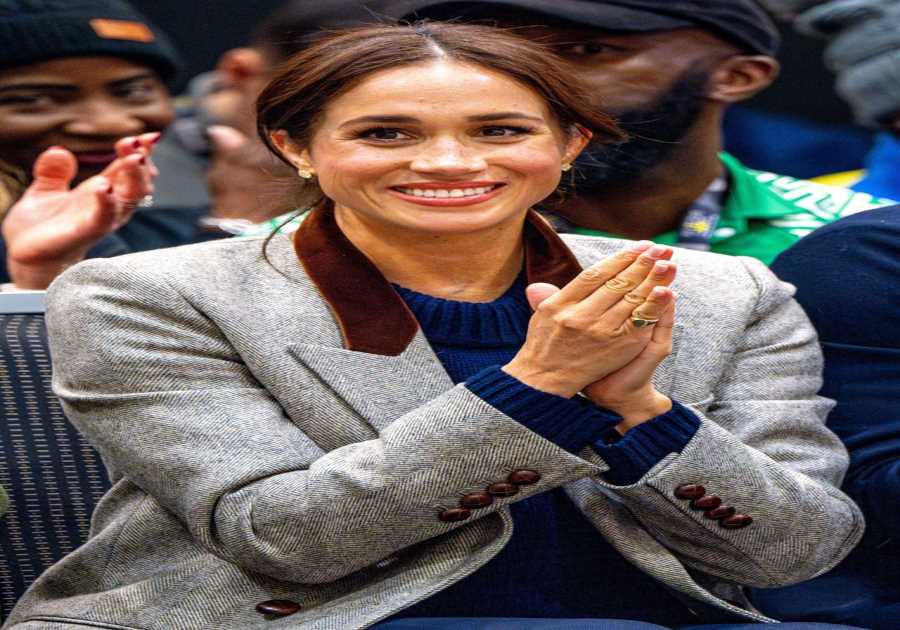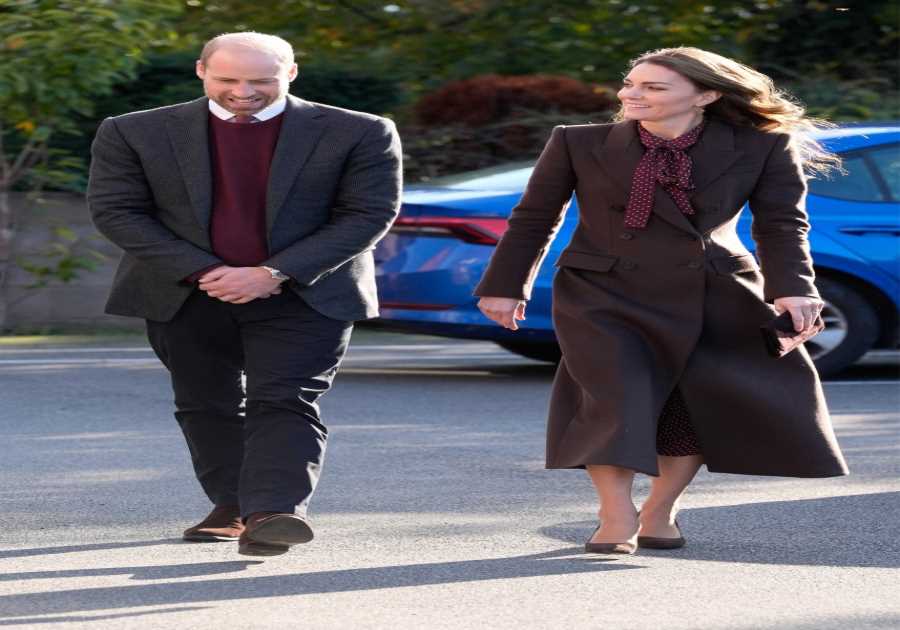EUROVISION is almost as famous for its curses as it is for the glitzy outfits contestants wear.
Here’s everything you need to know about the Eurovision Song Contest’s superstitions, from the Curse of Last Year’s Hosts to the Curse of Number Two.

What is the Curse of Number Two?
The Curse of Number Two is one of the most famous phenomenons at the Eurovision Song Contest.
It’s called this because no country which has performed in the second spot in the running order has ever won the contest.
In fact, those performing second over the years have ended up last nine times — and three of those times with Nil Points.
For example, in 2022, neither country which performed second in the semifinals (Latvia and Israel) advanced to the final.
Corry Brokken, who won in 1957, was the first victim of this phenomenon when she performed second in the 1958 contest and finished last.
Poland’s entry Kasia Moś suffered the same thing finishing in the bottom five in the 2017 grand final.
Famously, the UK’s 2008 entry Andy Abraham performed second in the final and finished last, which prompted BBC commentator Sir Terry Wogan to resign.
What is the Curse of Last Year’s Hosts?
One trend that seems to be fairly consistent across contests is countries that have won the competition two years prior tend to do badly.
Since the introduction of the semi-finals, five entries provided by the previous year’s hosts have failed to qualify for the semi-finals.
For example, the 2009 host Russia came 11th in 2010.
And 2013 hosts Denmark did not even qualify for the final the following year.
The most recent non-qualifier from the previous year’s host country was Portugal in 2019.
Conan Osíris won the long-running Portuguese national final Festival da Canção, but received just 51 points in its Eurovision semi-final, failing to qualify.
What is the Curse of Green?
The Curse of Green is another curse that involves the colour green being used on stage or worn by the performer.
Usually, the performer fails to do well, or doesn’t qualify for the final — or is the victim of the dreaded Barbara Dex Award (fan award for the worst dressed performer) of that year.
The Eurovision Song Contest 1968 was the first to be broadcast in colour, so any participants before that year are unknown to have worn green on the night of their performance.
Katja Ebstein for Germany in 1970 is the first recorded person to have the Curse of Green, whereas Vilija Matačiūnaitė and Mariko Ebralidze are the most recent.
Both failed to qualify for the 2014 final, but Vilija won the Barbara Dex Award while wearing green on her tutu.
What is the Curse of 43?
According to the Eurosong Contest fansite, when 43 nations are originally announced, one nation always pulls out.
An example of this is in 2019, 42 nations were announced but Bulgaria had already withdrawn due to financial reasons.
Ukraine then also pulled out.
This also happened in 2009, 2012, 2016 and 2017.
The only years in which the Curse of 43 didn’t take place were 2008, 2011 and 2018.






